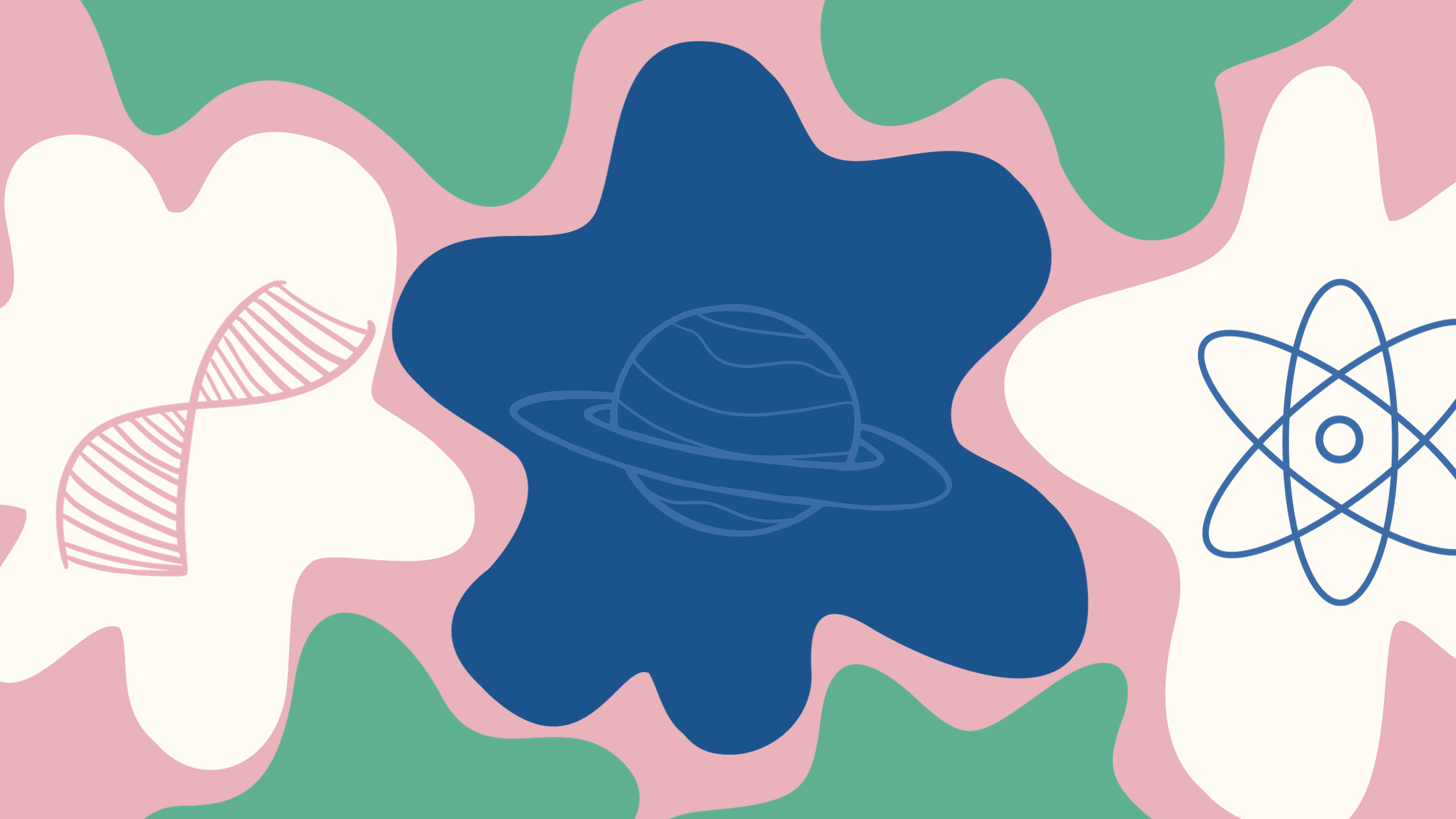Once we step into the classroom, we take up an active role of guiding, facilitating and holding space.
Building a container for an educational space does not mean you have to have an airtight plan for every step of the class. We think that experimentation, improvisation, and playful curiosity comes up in an open space that is not definitively delineated or operating with the idea of complete control. When you focus on building that container and welcome openness and flexibility in instead of having everything mapped out, you allow for others to step in, bring something to the classroom that you have not thought about, and make space for a certain kind of magic that comes about when various people come, think, and practice together freely. When you leave some of the time in your lesson plan (you decide on the rhythm: every/every other class/twice a semester, etc) open, you allow for the participants to build parts of their learning space together and give room for the possibility of going in other directions or shifting the focus according to the connections that your students have and make.
When you open the container, you also open up the possibility to find similar patterns in unexpected places. You can introduce connections of the class’s concept in different frames of reference, different frames, different registers (what could the equivalent of a highly technical concept be on an emotional or physical level? The equivalent of a biological phenomenon on an artistic or social scale?). Here, you can bring some of the philosophical aspects of your subject to the forefront, and give space to the more emotional/abstract way of thinking. These strategies give the learning material a personal note and connection to the general material world around them.








